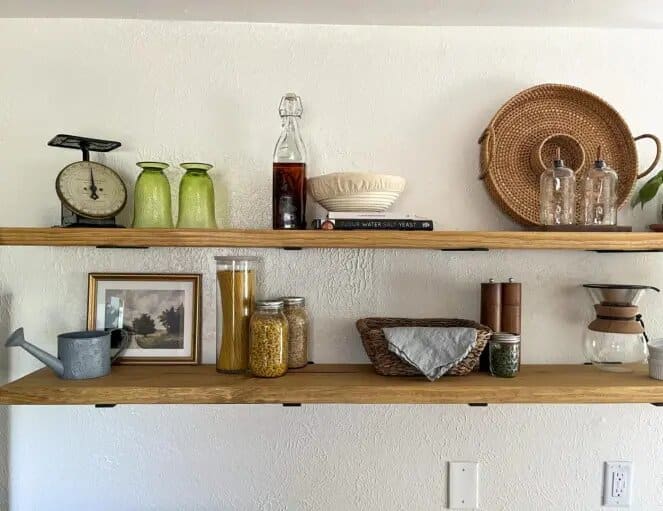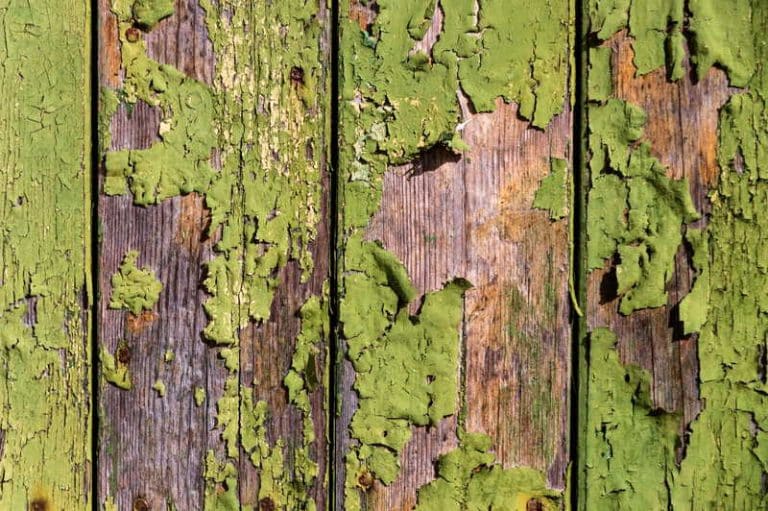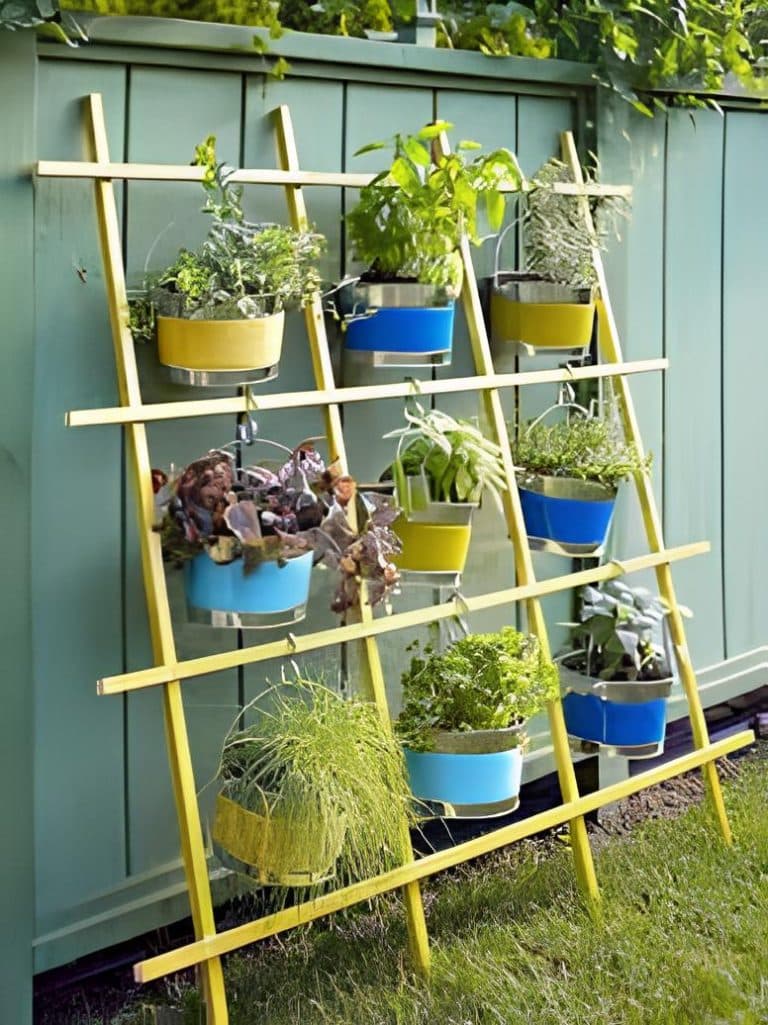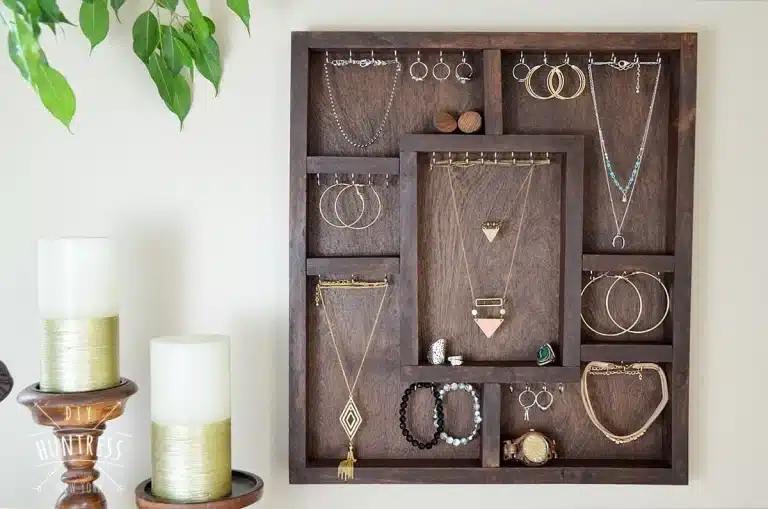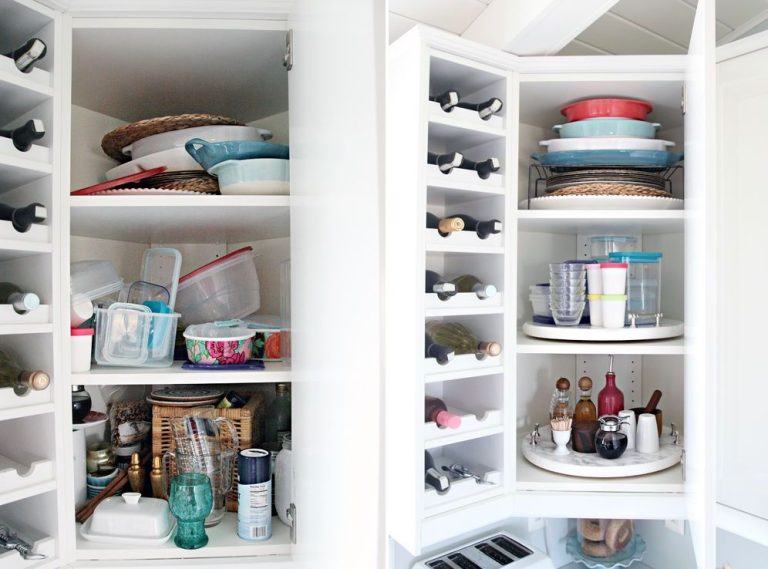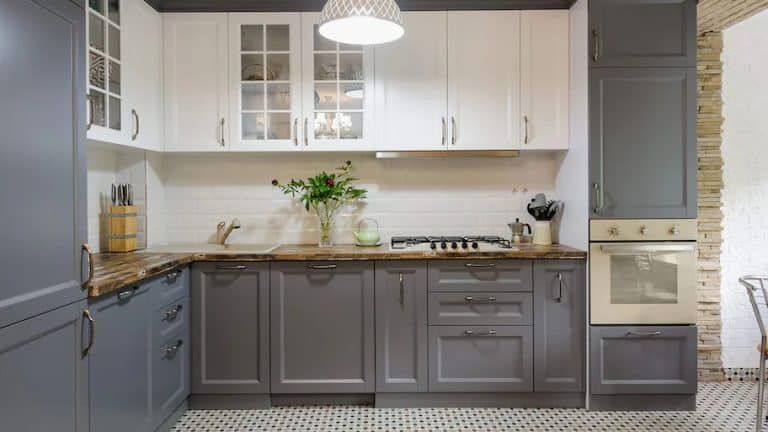A DIY Guide to Build Dining Table with Table Leaves
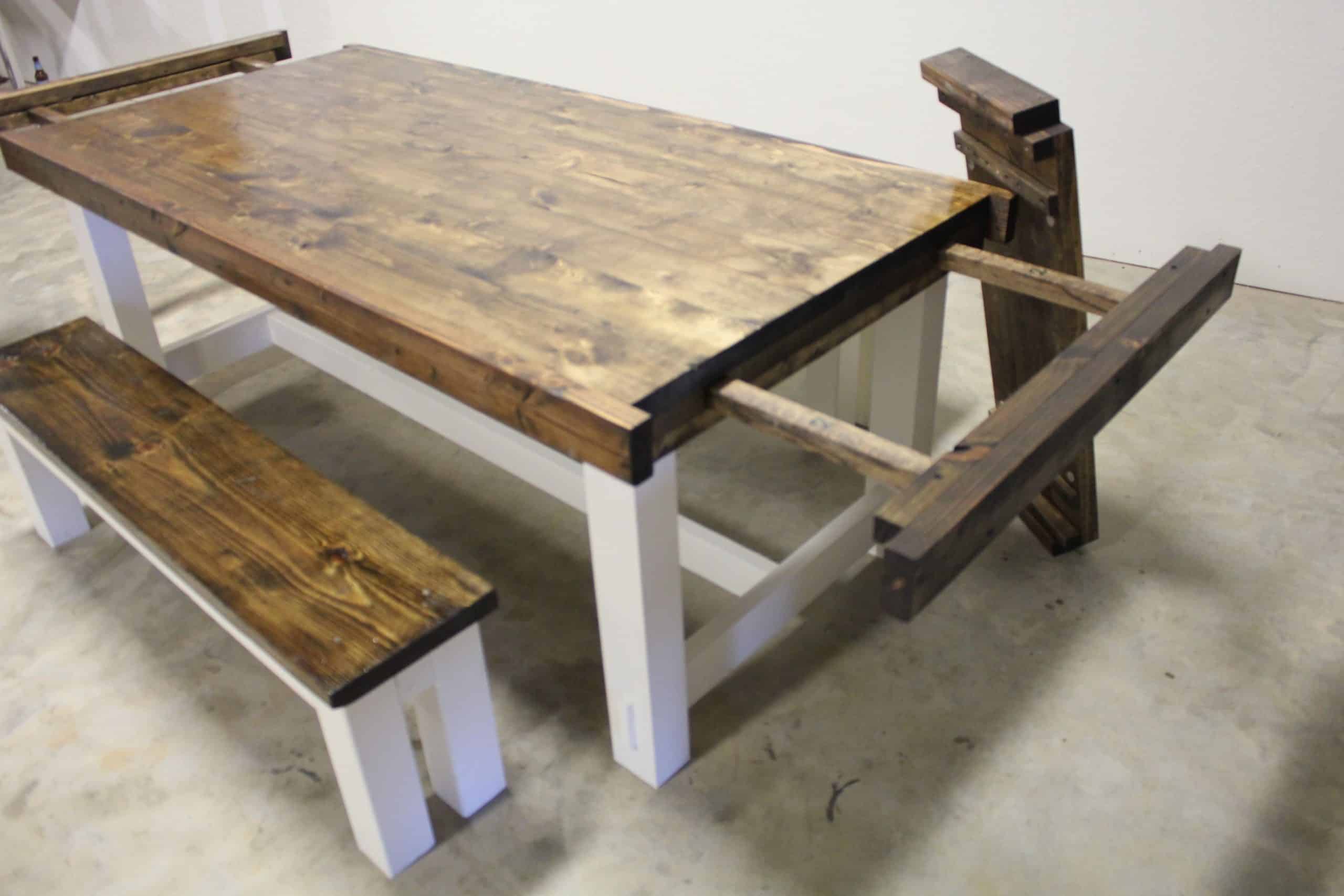
Do you love gathering around the dining table with your friends and family, sharing stories and delicious meals? Think of a dining table that easily changes its size for you. Here’s what we find as we grab in our DIY dining table project.
Think about those times when you wanted to host a dinner but worried if your table could occupy everyone. That’s where a DIY dining table leaves come to the rescue. We’ll guide you through the step-by-step process of creating your very own extendable dining table.
From choosing the right wood to measuring, cutting, and attaching the leaves, you’ll learn all the basics. Plus, we’ll share some handy tips and tricks along the way to make your project even smoother. So, gather your excitement, and Let’s begin on this DIY table leaves project together
By the end, you’ll not only have a fantastic dining table but also a sight of achievement that you created something both practical and stylish!
Step-by-Step Process for DIY Dining Table with Leaves
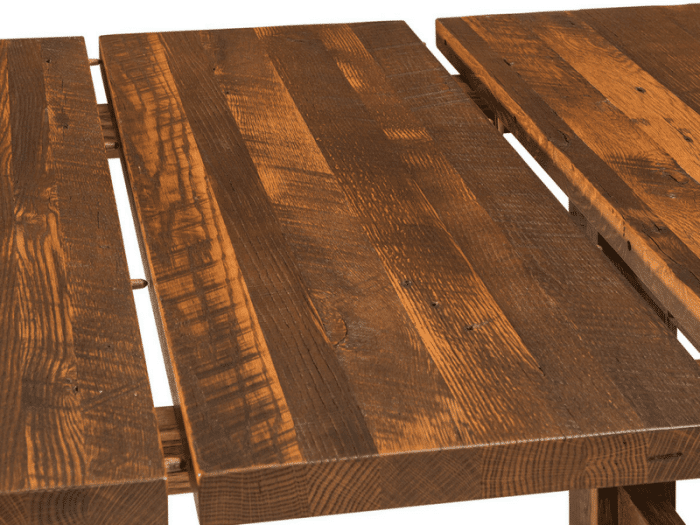
Step 1: Gather Materials and Tools
You’ll need wood for the top and legs, assorted screws, sandpaper, a saw to cut the wood, and a measuring tape to measure. It’s like a puzzle. Wood is what the table’s made of. Screws hold it together.
Sandpaper makes the wood smooth. The saw cuts the wood. Measuring tape helps you get the sizes right. So, get these things, and soon you’ll have an extendable dining table leaves for fun activities.
Step 2: Design and Measurements
Think about how big you want your table to be and how you’d like it to look. Then, take a measuring tool and use it to figure out the exact dimensions for the pieces of wood you’ll need. Remember, you can include extra sections, called leaves, that can be added to make the table bigger.
On the other hand, if you need a smaller table at times, these leaves can also be removed. By planning for these adjustments, you’ll have variable table leaves that suit your preferences and fit perfectly into your space.
Step 3: Cutting and Sanding
Grab a saw and use it to cut your wood into the sizes you want, like giving it a proper shape. Just make sure to measure accurately before cutting. Once you’ve got the right sizes, take sandpaper. Rub it on the wood to make the table leaves super smooth. Rub the sandpaper on all the wood surfaces until they feel nice and soft. This table leaf extension is like adding a special touch to your work.
Now you’ve got wood that fits your plan and looks great. Whether you’re making something practical or creative, starting with well-measured and smoothly sanded wood makes a big difference.
Step 4: Assemble the Tabletop
Alright, let’s get this tabletop sorted. Take those wooden planks and lay them down side by side in a tidy row. Make sure they snuggle up to each other like puzzle pieces, fitting just right. Now, let’s secure table leaves in place. Flip the whole setup over and grab some screws. Attach these screws from underneath, ensuring they bite into each plank, holding them together like a team.
It’s like building a fortress for your tabletop. With those planks locked in with the screws, you’re giving them the power to withstand whatever you place on top books, dishes, games, you name it. So, there you have it, a rock-solid tabletop ready to take on the world, all thanks to a little teamwork with those screws.
Step 5: Attach the Legs
Ensure the legs are attached well, one on each tabletop corner. This is how you make the main part of the table. The legs must be fixed strong so the table stands up nicely and smoothly. When you do this step, you’ll have the basic bottom of your table done.
It’s like putting together a puzzle to make the main picture. These legs are super important to make the extendable dining table leaves able to hold things without falling. So, take your time to get this part right. When you’re done, you’ll have a strong table you can use for eating, studying, playing games, or whatever you want.
Step 6: Leaf Mechanism
Choose your table like a puzzle with extra pieces called leaves. You can easily remove these pieces and slide them right under the table. Now, when you’re in the mood for a larger table, slot those leaves back in place like magic, and your table grows.
And if a smaller table works better, taking off the leaves is a piece of cake. Think of your table leaf extension mechanism as a shape-shifter, changing to fit your needs perfectly.
Step 7: Finishing Touches
Make the wood smooth by rubbing off any rough parts. Then, choose a finish like stain, paint, or varnish to put on the wood. These table leaves don’t only make the wood look better but also keep it safe from harm. Sanding helps remove any stony or rough spots on the wood’s surface. Once that’s done, the finish you choose adds a layer that protects the wood from things that might hurt it.
Stains can give the wood a nicer color while letting its natural texture show. Paint can add a pop of color and a smooth, even surface. Varnish adds a clear layer that brings out the wood’s natural beauty while also stopping it from getting scratched and wet. So, by sanding and adding finish, you’re making sure the wood stays both good-looking and strong.
Step 8: Attach Leaves
If your table leaves have extra pieces you can take off, you can add them easily using the right tools. Look for the correct screws to attach the pieces to the table. This helps you make the table bigger when you need more room, and you can remove the pieces to make it smaller. Just follow the instructions to put the pieces on properly so the table stays strong. This Table leaf extension is useful when you want to fit more people or change the table to fit your space.
Step 9: Final Checks
Before you use your table, make sure all the screws are tightened properly and the table stands steady without shaking. If your table has extra parts that allow it to become larger, test those parts to ensure they work smoothly and the table expands without any issues. This will ensure that your table is safe to use and will work well when you need to make it bigger. Doing these things before using your table leaves can help prevent any accidents or problems while you’re using them.
Maintenance and Care
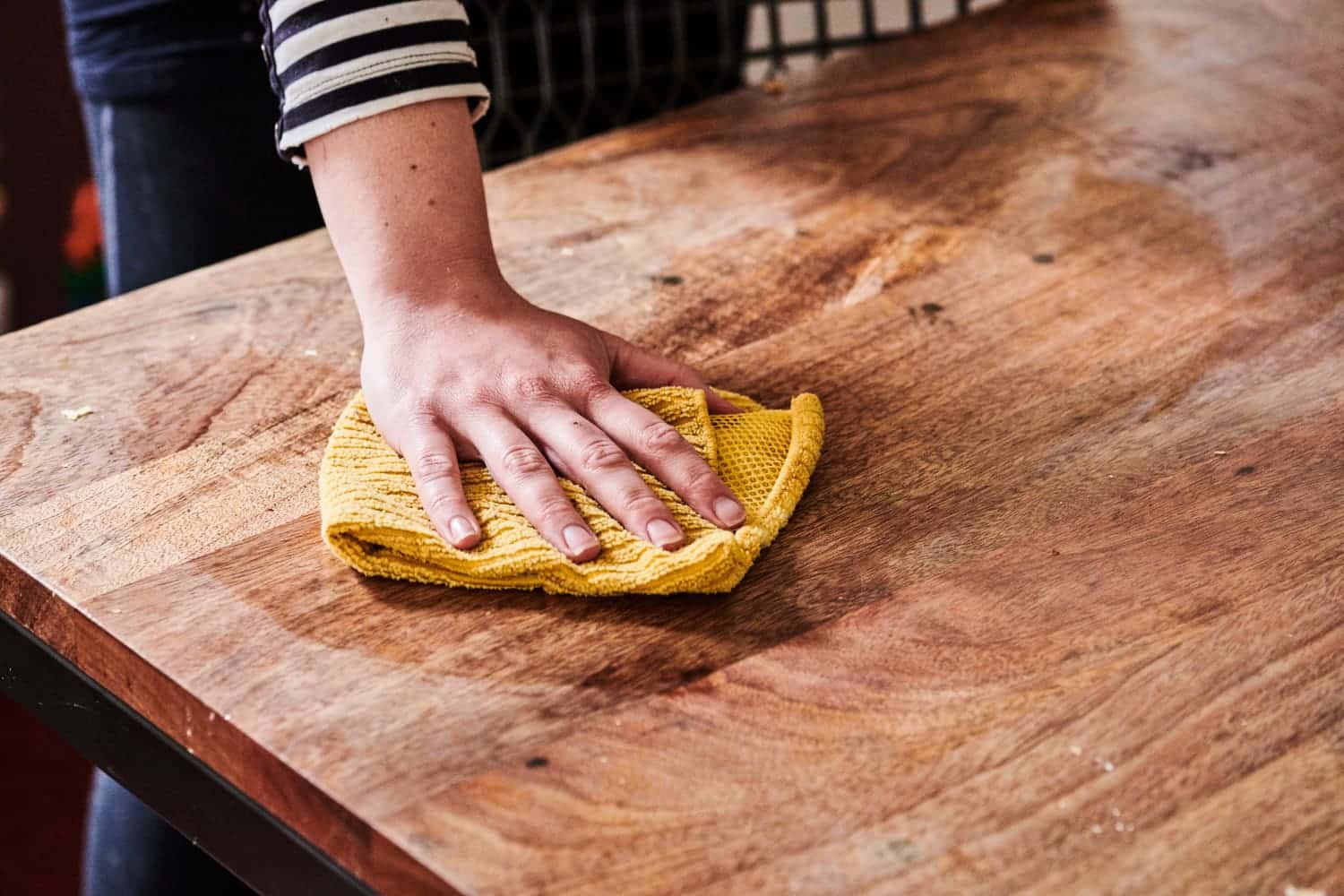
1. Regular Cleaning
Find a cloth that feels soft when you touch it. Make it a little wet by dipping it in water and then squeezing out the extra water. Now, gently wipe the table’s top part and its leaves with the damp all-purpose cloth. This will help remove all the dust and dirt that might have settled there.
Remember, we don’t want to use strong cleaning stuff that can be harsh on your table’s look. Stick to mild cleaners or just water. After wiping, you can let the table air dry or pat it gently with a dry, clean cloth. This way, your table leaves will stay lovely and clean for a long time. Just give it this simple care, and it will keep brightening up your space.
2. Surface Protection
Taking care of your table is easy and important, especially if you want it to stay nice and free from harm. One simple thing you can do is apply soft-finishing furniture wax or polish on the surface.
This might sound fancy, but it’s just like giving your table leaves a special protective coat. When you put on this wax or polish, it’s like you’re giving your table a shield against wetness. This shield stops water from getting inside the wood and causing damage. It’s like an invisible barrier that keeps your table safe.
3. Use Placemats and Coasters
Raise your dining experience with the dynamic duo of placemats and coasters. Placemats, like protective shields, stop spills under plates, glasses, and utensils, preserving the table’s pristine appearance. These flexible mats also introduce a decorative touch to your setting.
Coasters, on the other hand, are careful guards for your cups and glasses, preventing moisture rings and maintaining the table’s integrity. From hearty meals to slow sips, these unassuming accessories are crucial in ensuring your table leaves always look its best.
Benefits of A DIY Dining Table with Leaves
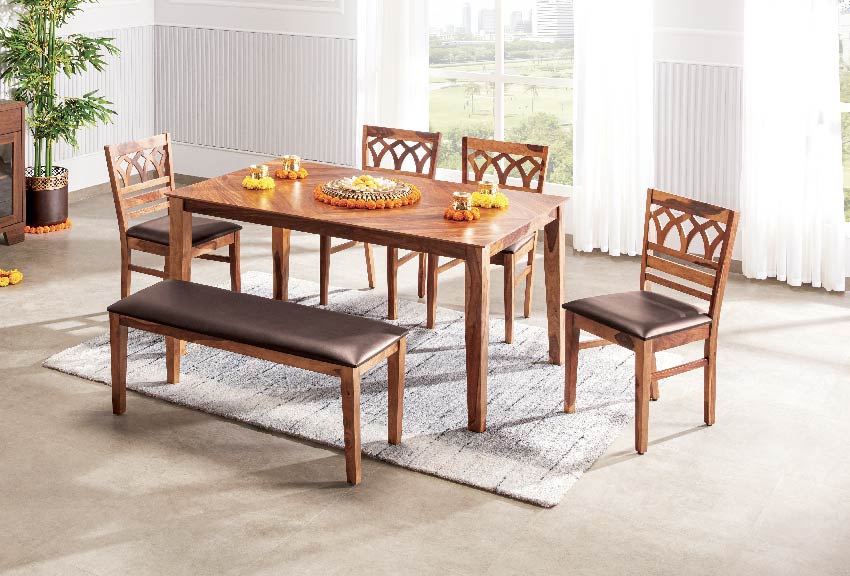
1. Creative Outlet
Creating your dining table is like letting your interest run free. You can choose the colors and finishes you like and determine how the whole table looks. Drop leaf kitchen table options like turning your style into a work of art.
You’re in charge of everything: the shape of the table, what it’s made of, and how it feels when you touch it. Your choices make the table leaves special, so when people gather around it, they’re not just eating; they’re also experiencing your unique taste.
2. Long-Lasting Satisfaction
When you sit down to eat at a table you made yourself, it reminds you of the hard work and cleverness you put in. These Wooden table leaf designs make your mealtime feel even better. It’s like a prize for all the effort you did. The table isn’t just furniture. It’s a sign that you’re smart and didn’t give up. Think about having breakfast, lunch, or dinner, and while you enjoy your food, you also remember the time you spent making the table.
This link between your hard work and the table leaves makes eating more enjoyable. Every bite reminds you that you’re good at making things, and it feels nice to see something you created. So, when you use your DIY table, you’re not just eating; you’re celebrating how you can figure things out and enjoying what you made.
3. Value Addition
If you ever want to change where you live or give your home a new look, having a DIY dining table with extra parts could be cool. It’s like a table with bonus pieces you can add when you need them. These Drop table leaves kitchen table options might even make your home worth more money if you ever decide to sell it. So, not only does it give you a handy eating spot, but it’s also a neat selling point that makes your home different.
Whether it’s a big family get-together or just a cozy meal for two, your flexible dining table has you covered. And people who might want to buy your home will see how nice and useful it is.
Conclusion
All in all, creating your dining table with leaves is a fantastic idea. You can make it bigger when needed, perfect for gatherings. Remember, start with a strong table as your base. Then, craft the table leaves like adding magic to your table.
Attach them securely, securing no wobbles. So, grab a saw and sandpaper because you’re not just building a table. You’re building a place where laughter and stories will gather.
By following these steps, you’re not just crafting wood but instead crafting moments. Your table will stand as a proud symbol of your creativity, ready to welcome friends and family.
Remember, each measurement and every screw is a part of this wonderful experience. Don’t wait to ask for help, and enjoy every step. As you finish your table, you’re also starting a new chapter of shared meals and good times.
So, let’s get crafting and make a table that’s not just a piece of furniture but a centerpiece of happy moments.
Frequently Asked Questions
How Long Does the Construction Process Take?
The time it takes can vary, but it might take you a few days to a week, depending on how skilled you are and how complicated your design is.
Where Can I Find the Hardware for Extension Leaves?
You can begin your woodworking journey by visiting hardware stores or checking out online shops that sell woodworking tools and supplies. These places are great to get started.

